Where and how to ripen peppers at home: tips for storing vegetables and speeding up their ripening
Ripening is bringing unripe fruits to a state of full ripeness. Vegetables picked from the bushes can be in one of two states - biological maturity (in this case they are consumed immediately) or technical (such fruits are transported and sold).
Knowing how to ripen peppers at home, you save the entire harvest without loss.
Is it possible to remove unripe bell peppers?
Peppers have not yet reached technical ripeness their corresponding color, but quite suitable for consumption. Can they ripen such fruits? Yes, if you keep them in a warm place. If you add other ripe vegetables along with green peppers, ripening will occur faster.
Why film
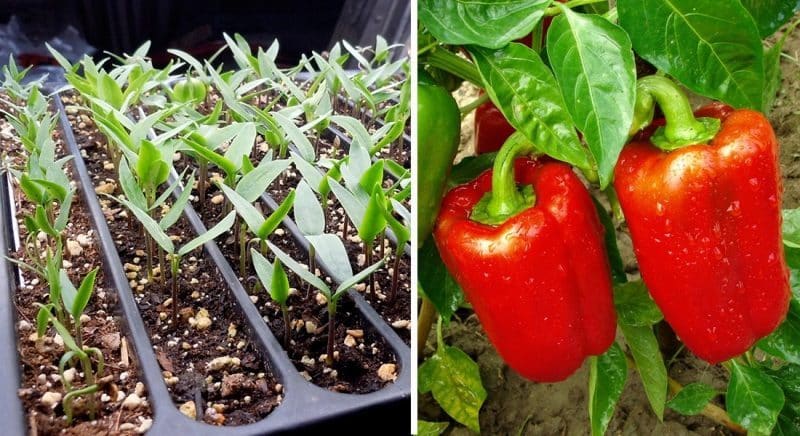
Unripe vegetables are removed from the beds when they face long transportation or are expected to freeze. During transportation and being on store shelves, peppers reach biological ripeness. If you pick and transport them when ripe, the fruits will quickly begin to deteriorate.
In summer cottages, vegetables are harvested before they are fully ripe so that new ovaries are formed. This increases the amount of harvest from each bush.
How to store unripe peppers
The task of any vegetable grower is to preserve the harvest for a long time. Bell peppers in technical ripeness have the same beneficial qualities as in biological ones, while in a cool place the shelf life increases to 2 months.
Attention! Only whole fruits with an intact surface are subject to long-term storage. Therefore, vegetables are picked along with the stalk.
Terms and conditions of storage
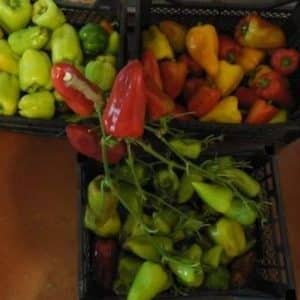
Intact fruits at the stage of technical maturity are kept in rooms at a temperature of 0...+3°C and a humidity of about 80% for 60–90 days.
In a cellar or basement at low temperatures, peppers do not lose their presentation for 70–90 days.
In freezers, vegetables remain fresh for 5-6 months.
Where is the best place to store
The conditions for keeping ripe and green peppers are significantly different. Ripe vegetables will not last long at room temperature and will rot within a few days. Therefore, they are consumed immediately.
Important! Before storing vegetables, ripe fruits are separated from unripe ones.
Unripe vegetables in the refrigerator spoil quickly. They are kept at a temperature of +10...+12°C and high humidity (80–85%), preferably in a cellar or basement. The room should be darkened, since in bright light the vegetables will begin to be damaged.
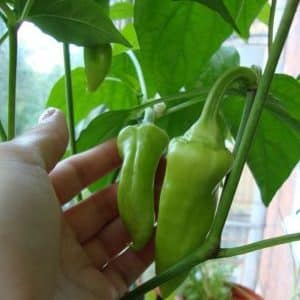
For better shelf life, use wooden boxes or cardboard boxes with side holes. Each fruit is wrapped in paper and placed in rows in containers. Sometimes vegetables are sprinkled with sawdust or placed in sand.
In rare cases, when there is a large amount of harvest, it is treated with a 1% solution of copper sulfate (copper sulfate).
Under the right conditions, unripe fruits will not spoil for 2-3 months.
In the refrigerator, each fruit is wrapped in paper or packaged in a plastic bag. Lubricating the skins of vegetables with sunflower oil gives good results: it forms a protective film and prolongs the freshness of the fruit.
If the peppers begin to rot, cut off the damaged areas, remove the core with seeds, chop the fruits into strips, put them in bags in small portions and place them in the freezer. Such vegetables retain their beneficial and tasteful qualities for up to 6 months.
Some housewives dry bell peppers in a vegetable dehydrator or oven. To do this, the cored fruits are cut into strips and dried on a baking sheet at a temperature of +45...55°C for 8 hours. This pepper is stored in airtight jars.
By the way! Vegetables are dried in the sun for 4-5 days.
How to ripen pepper
Various methods are used to ripen bell peppers. How to store peppers so they turn red faster? To do this, place several red or yellow ripe vegetables between the collected fruits and place them in a warm, dark place for 4-5 days.
Temperature and storage conditions
For long-term maintenance, peppers are picked at the stage of technical ripeness. They are placed in 3 layers in small containers, which are left in a room with a temperature of +10...+12°C and an air humidity of 85–90%. Under such conditions, the fruits fully ripen in 1 month. After this, the temperature is lowered to 0°C to prevent development of diseases. In room conditions, ripening is much faster.
One way to store fruits in a basement or cellar is to hang the bushes directly with the roots. Plants are planted at home in flower pots or wooden boxes for further ripening of vegetables.
Lifehacks
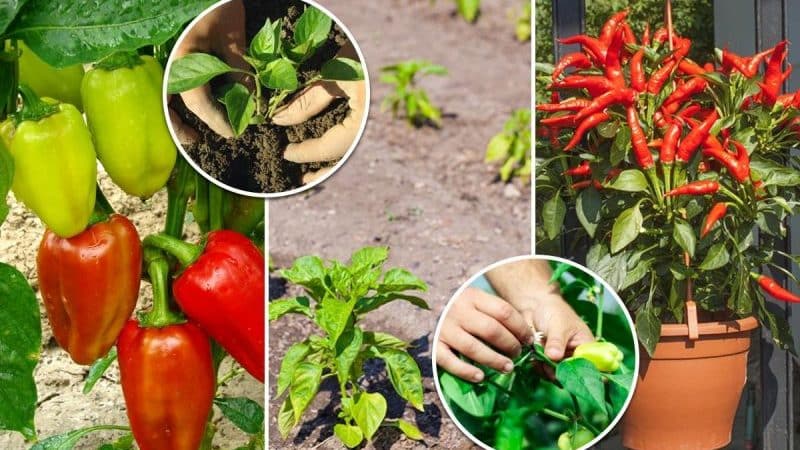
To speed up fruit ripening, various methods are used:
- during the period of vegetative growth of bushes, weak shoots are pinched and cut off;
- during fruiting, foliar feeding is applied: solutions of potassium and phosphate fertilizers are used;
- at the end of August, the remaining flowers are removed;
- in early to mid-autumn, small peppers that have not yet had time to ripen are picked. This will give the bushes the strength to grow large fruits before the onset of cold weather;
- to speed up the ripening of vegetables, at the end of autumn the crop is watered with warm water (+45...+50°C) at the root, without touching the green mass;
- in autumn, during cold nights, the bushes are covered with agrofibre or plastic film;
- tear off most of the leaf mass from plants for better ripening of fruits;
- To make vegetables ripen faster, at the end of the season they loosen the soil around the bushes as deeply as possible.
Degrees of maturity
Fruits go through two stages of maturity: technical and biological.
At technical ripeness, vegetables reach optimal size, taste and beneficial qualities, but have not yet acquired the color characteristic of the variety. After harvesting, such fruits are transported, stored, and sold.
Vegetables at the stage of technical maturity are green or pale yellow, sometimes almost white. They are selectively removed every 6–8 days. Harvesting occurs at the end of autumn, before the onset of the first frost. With the advent of constant cold weather, the remaining harvest is completely harvested.
If you place the fruits in a warm, bright place, they will acquire the appropriate color in a short time.
Biological maturity is the physiological ripeness of peppers when they acquire their final color, becoming red, yellow, orange.
Reference! If bell peppers are picked at this stage, they will not keep for long.
It takes 3-4 weeks from technical to biological maturity of vegetables. During this period, the content of vitamins, sucrose and other valuable substances in the fruit increases.
The degree of biological ripeness of bell peppers is determined by gently pressing on the skin.If you hear a slight crunching sound, it means the vegetables are fully ripe.
How to ripen hot peppers
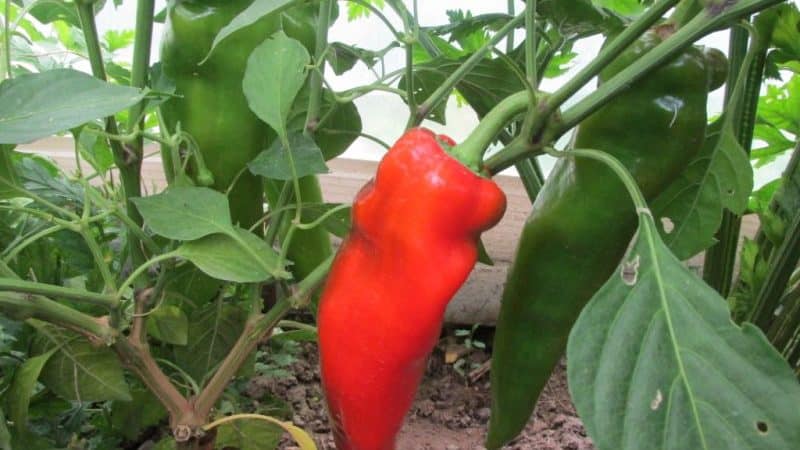
Such fruits begin to be harvested when they turn brown. They are picked as they ripen. There is an opinion that the redder the fruit, the spicier it is. Hot peppers for drying are collected in a state of biological ripeness. Its walls are thin, so the fruits dry out quickly when drying. Ripe pods are picked for seeds or storage.
For storage, select vegetables without damage, leaving 2 cm of the stalk. How to make hot peppers turn red faster? To do this, they are strung on a thick thread, piercing the bases, and hung in the kitchen or on the balcony. When dried, the fruits ripen and change color, becoming rich red. After this, they are transferred to a cool, dry room.
Hot peppers are also ripened on a sunny windowsill for 3-4 days. Turn the vegetables periodically so that the sun warms all sides evenly. During this time, the fruits gain the necessary pungency.
Important! Green vegetables are not suitable for ripening. Collected in this form, they begin to rot.
Brown peppers in a plastic bag with holes made are placed in the refrigerator. After a week the fruits turn red.
How to store and ripen peppers for seeds
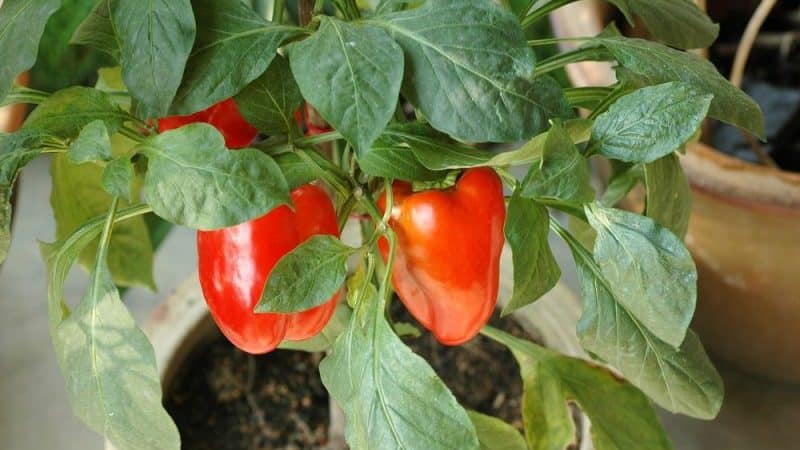
Many gardeners grow proven varieties of bell peppers and collect seeds from the resulting harvest. To do this, vegetables are harvested at the stage of biological ripeness, but if the crop is not ripe before the onset of cold weather, it is ripened at home. Seeds obtained from artificially ripening vegetables have higher germination rates and germination rates than those collected from fruits grown on bushes.
The duration of ripening of the crop depends on the size of the peppers, their degree of ripeness and storage conditions. Vegetables are placed in a warm, dry room with a temperature of +28…+30°C. Thin-walled varieties are kept for 3 days, thick-walled ones - 6-7 days. The stalk with seeds is removed from ripe peppers and dried for another 3 days at +35...+40°C. After this, the seeds are freed from pulp and kept at +55°C, placed in paper bags and stored in a dry place at a temperature of +18...+25°C.
Conclusion
It’s easy to speed up the ripening process of peppers. By removing unripe vegetables from the bushes, farmers help the plants retain strength to form new ovaries and ripen the remaining green fruits. The more vegetables at the stage of technical ripeness are removed from the bush, the more new ovaries will appear.